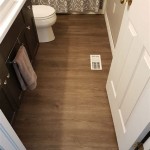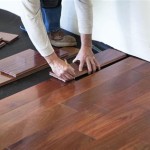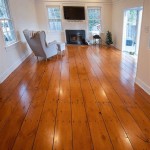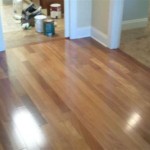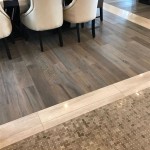Self-stick vinyl flooring is a popular flooring option that is both affordable and easy to install. It is a resilient type of flooring that is available in a variety of colors, patterns, and textures. Because of its ease of installation, it is often used in DIY projects and is also popular in commercial settings such as offices and classrooms. Self-stick vinyl flooring is made of a high-density vinyl that is designed to withstand wear and tear. In addition, it is waterproof and resistant to spills and stains.
What Are the Benefits of Self-Stick Vinyl Flooring?
There are many benefits to using self-stick vinyl flooring. One of the main advantages is that it is affordable and easy to install. Self-stick vinyl flooring is also highly durable and is resistant to water, stains, and scratches. In addition, it is easy to maintain and clean, requiring only regular sweeping and mopping. Self-stick vinyl flooring is also available in a variety of colors and textures, allowing you to create a unique look for your home or office.
What Are the Different Types of Self-Stick Vinyl Flooring?
There are three main types of self-stick vinyl flooring: sheet, plank, and tile. Sheet vinyl is sold in large rolls and is the most popular type of self-stick vinyl flooring. Plank vinyl is sold in smaller pieces, typically 12″x12″, and is designed to look like hardwood flooring. Tile vinyl is also sold in smaller pieces, usually 12″x12″, and is designed to look like ceramic or stone tiles.
How to Install Self-Stick Vinyl Flooring?
Installing self-stick vinyl flooring is relatively easy and can be done by a DIYer or a professional. Before installing, the surface must be clean, dry, and level. Once the surface is prepared, the vinyl can be cut to fit the space. Self-stick vinyl is then peeled off the backing and adhered to the floor. Once the vinyl is in place, it should be rolled with a heavy roller to adhere it firmly to the floor.
How to Care for Self-Stick Vinyl Flooring?
Self-stick vinyl flooring is easy to maintain and clean. To keep it looking good, the floor should be swept and mopped regularly. If the floor gets wet, it should be mopped up quickly to avoid staining. When mopping, use a mild detergent and a damp mop. To protect the floor from scratches, use rugs and mats in high-traffic areas.
How to Remove Self-Stick Vinyl Flooring?
Removing self-stick vinyl flooring is relatively simple. First, the floor should be cleaned and all furniture and rugs should be removed. Next, use a sharp utility knife to cut the vinyl into small pieces. Once the pieces are cut, they can be pulled up and discarded. The adhesive that is left on the floor should then be scraped off and the floor should be cleaned with a cleaner designed for vinyl floors.
Conclusion
Self-stick vinyl flooring is a popular choice for both DIY projects and commercial settings. It is affordable, easy to install, and highly durable. Self-stick vinyl is available in three different types: sheet, plank, and tile. It is easy to install and maintain, and can be removed relatively easily. With proper care and maintenance, self-stick vinyl flooring can last for many years.















Related Posts

